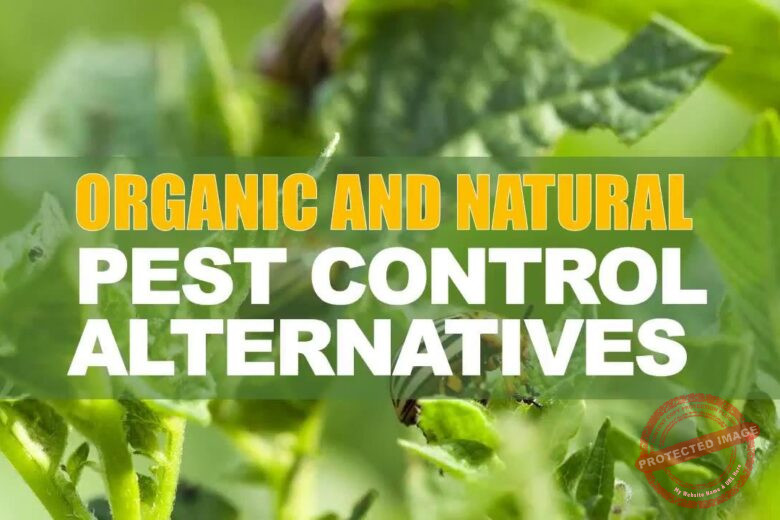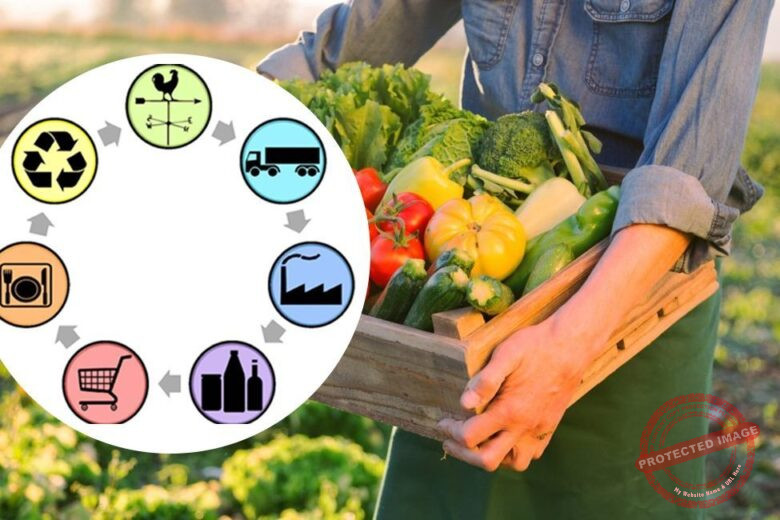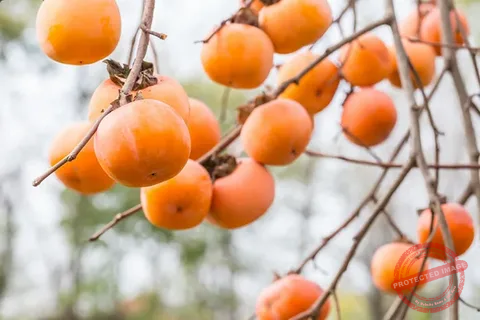Every farmer knows that sinking feeling when you walk out one morning and see holes in your lettuce leaves, wilted tomato stems, or mysterious trails through the soil. Pests. They don’t knock, they don’t pay rent, and they sure don’t care how hard you’ve worked to grow those crops. Years ago, I used to reach for the chemical sprays first thing. It felt like the fastest way to solve the problem. But over time, I realized those quick fixes were slowly hurting my soil, my plants, and even the beneficial insects I needed most. That’s when I began exploring ecological pest management—and everything changed.
See, eco-friendly pest control isn’t about fancy words or trends. It’s about balance. When you step back and let nature show you how it manages things, you realize that the best pest control methods are already out there in your garden. Birds, frogs, spiders, companion plants—they all play a part. The goal isn’t to wipe pests out completely. It’s to create a healthy ecosystem where they don’t take over. That’s what ecological pest management really means: working with the environment instead of fighting it.
I remember one summer when aphids took over my pepper plants. It was bad—leaves curling, growth stunted, the whole deal. I almost gave in and bought chemical sprays again. But then I tried something different. I planted dill and cilantro nearby to attract ladybugs. Within a couple of weeks, the aphids started disappearing on their own. Watching nature fix what I’d nearly messed up was humbling. Since then, I’ve been hooked on eco-friendly farming, and I’ve never looked back.
Eco-Friendly Pest Management Strategies: Farming With Nature, Not Against It
1. Start With Healthy Soil
Healthy soil is your first defense against pests. Strong plants are naturally more resistant to attacks. When your soil is rich in organic matter and full of life—earthworms, microbes, beneficial fungi—it creates a system that supports plant health from the roots up.
I make it a habit to add compost regularly, use mulch to lock in moisture, and avoid over-tilling. Overworked soil gets weak and lifeless, which attracts problems. Healthy soil doesn’t just grow strong crops; it grows a balanced ecosystem where pests struggle to take over.
2. Companion Planting: Nature’s Built-In Pest Shield
If you’ve never tried companion planting, you’re missing out on one of the easiest eco-friendly pest management tricks in the book. Some plants protect others simply by being nearby. For instance, basil keeps flies and mosquitoes away from tomatoes. Marigolds deter nematodes underground. And garlic? It’s like natural pest repellent in bulb form.
I once had a row of cabbages that constantly got chewed by caterpillars. A friend suggested planting mint around them. I was skeptical, but I tried it. The next season? Not a single chewed leaf. The strong scent of mint kept the moths from laying eggs nearby. Sometimes nature just needs a little encouragement to do her job.
3. Attract the Good Bugs
Not every bug is a bad bug. Some are tiny heroes in disguise. Ladybugs, lacewings, hoverflies, and spiders are all key players in ecological pest management. They hunt down aphids, mites, and caterpillars naturally.
You can attract them by planting flowers like dill, fennel, yarrow, and cosmos. I leave a few wildflower patches around my fields just for that reason. It might look a bit messy to outsiders, but that “mess” is buzzing with life that keeps my farm balanced.
If you’ve ever felt like you’re losing the pest battle, remember—sometimes it’s not about fighting harder. It’s about recruiting better allies.
4. Use Natural Sprays—But Gently
Even in an eco-friendly system, there are times when you’ll need to step in. The key is to use sprays that help without harming the ecosystem. Neem oil, garlic extract, and soap sprays are my go-to options.
Here’s a quick recipe I use often:
1 tablespoon of mild liquid soap
1 teaspoon of neem oil
1 liter of water
Mix and spray on the affected leaves in the early morning or evening. Always test on a small patch first. It’s gentle enough not to harm beneficial insects, but tough on soft-bodied pests like aphids and whiteflies.
5. Crop Rotation—Don’t Give Pests a Home Base
You wouldn’t plant the same thing in the same spot every year, right? Well, if you do, that’s one reason pests stick around. Many insects and soil-borne diseases thrive when their favorite crops return season after season.
Rotating your crops confuses them. One year, grow tomatoes in one section, and next season, plant beans or leafy greens there instead. It’s one of the simplest yet most powerful ecological pest management strategies. It helps your soil recover and reduces pest pressure naturally.
6. Introduce Natural Predators
If you’ve got space and patience, bring in nature’s pest control team. Chickens are great for eating beetles and larvae. Ducks love slugs and snails. Even bats, believe it or not, can help keep insect populations under control.
I once set up a small pond near the edge of my farm, and within weeks, frogs started showing up. Now they handle the slug problem better than any pesticide ever could. It’s amazing what a few small environmental tweaks can do.
7. Trap Crops—The Decoy Strategy
Sometimes it’s easier to distract pests than to fight them. Trap crops work like decoys—they attract pests away from your main crops. For example, nasturtiums lure aphids away from beans, and mustard plants draw flea beetles away from greens.
I usually plant a few “sacrifice” rows of trap crops around the edges of my field. They take the hit, but they save the main harvest. It’s smart farming with minimal effort.
8. Mulching: More Than Just Moisture Control
Mulching keeps soil moist and roots cool, but it also prevents certain pests from laying eggs or burrowing in the soil. Organic mulch like straw, leaves, or composted bark can even attract beneficial insects that feed on pests hiding underneath.
Just be careful not to pile mulch too close to the plant stems—it can trap moisture and cause fungal issues. The goal is to create a barrier that protects, not suffocates.
9. Observation—Your Most Powerful Tool
Eco-friendly farming is about awareness. Spend time walking your fields, checking under leaves, watching for early signs of trouble. Catching a pest problem early often means you can fix it without much intervention.
I like to carry a small notebook around when I’m inspecting crops. I jot down what I see—ant trails, yellowing leaves, new insects. It helps me track patterns and prevent issues before they get out of hand. A farmer’s best tool isn’t a chemical; it’s observation.
10. Encourage Birds and Wildlife
Don’t underestimate the role of birds in pest control. Wrens, robins, and sparrows can consume hundreds of insects daily. Set up birdhouses or plant hedgerows to attract them. Even a few berry bushes can make your field a welcoming home.
The first year I added birdhouses, I noticed a massive drop in grasshopper numbers. Turns out, nature just needed an invitation. Sometimes, the best pest management team has wings.
A Personal Moment
One of the hardest seasons I ever faced was when cutworms attacked my young lettuce crops. I lost nearly half before I even knew what was happening. It was tempting to give up or reach for harsh pesticides. Instead, I took a different route—I sprinkled crushed eggshells around the base of the plants and added mulch mixed with diatomaceous earth.
The cutworms disappeared within a week. It wasn’t instant magic. But standing there, seeing new leaves grow, I felt proud knowing I’d solved it naturally. It reminded me that eco-friendly pest control isn’t just about saving plants—it’s about respecting the land that feeds us.
FAQs About Ecological Pest Management
Q: Does ecological pest management really work for large farms?
Yes, it does. Many large-scale farms use integrated pest management systems that rely on natural methods first, chemicals last. It’s scalable—you just need to adapt strategies to your field size.
Q: Can I combine eco-friendly pest control with some chemical sprays?
If you must, use chemicals only as a last resort and choose biodegradable, low-toxicity options. The less you interfere with natural systems, the stronger your ecosystem becomes.
Q: What are the fastest natural pest control options?
Neem oil and garlic sprays act quickly. But long-term results come from building soil health, crop diversity, and predator habitats. Quick fixes fade, but balance lasts.
Q: Is eco-friendly pest management expensive?
Actually, it’s the opposite. Once your farm’s ecosystem balances out, you’ll spend less on fertilizers, sprays, and soil treatments. The investment is more in observation and patience than money.
How-To: Build Your Own Eco-Friendly Pest Plan
Identify your top pests each season.
Add companion plants that repel them naturally.
Keep the soil healthy with compost and organic matter.
Encourage predators—birds, frogs, beneficial insects.
Rotate crops yearly and use trap plants.
Keep a farm log to track pest trends.
Always choose balance over instant fixes.
Small actions build up over time. Before long, your farm starts to manage itself with minimal interference.
A Final Thought
Eco-friendly pest management isn’t just a method—it’s a mindset. It’s choosing patience over panic, observation over overreaction, and respect over control. When you trust nature and give her room to work, she often rewards you with healthier soil, stronger plants, and peace of mind.
So, next time you spot a few pests in your garden or field, take a breath before spraying. Ask yourself: is nature already working on the solution?
![How To Buy Farmland For Investment [Farmer’s Guide]](https://agrolearner.com/wp-content/uploads/2024/01/Farmland.jpg)


